The Amazon’s flood season doesn’t ask permission. Rivers swell, tree trunks vanish beneath brown water, and every ground-dwelling creature has a decision to make: climb or be carried away. In this chaos, a little-known spider turns silk into survival, stitching together a floating refuge as calmly as a camper pitching a tent in a storm. It’s not a quaint nature trick; it’s a high-stakes engineering feat executed with eight legs and instinct. That’s the mystery and the marvel: how something so fragile becomes a platform strong enough to ride out a river.
The Hidden Clues

Picture a twig trembling above the floodline – and then a ripple of silk tying leaf to leaf until the debris no longer drifts, it holds. That’s the first tell that a spider has been at work, converting chaos into structure with threads you can barely see. The hook isn’t the web; it’s the way silk turns scattered flotsam into a steady, buoyant stage. I remember the first time I saw a palm leaflet stitched to bark and pinned to a sapling like a miniature dock; it felt less like web-spinning and more like carpentry.
These spiders don’t wait for perfect conditions, they hack the environment they have. A few anchor lines to a stem, a lash around a leaf-vein, and suddenly the current’s tug is shared across many points instead of one. The platform flexes and breathes with the water, rather than fighting it. That springiness is the secret clue that you’re looking at silk, not chance. The raft isn’t pretty, but it’s alive to the river’s rhythm.
Anatomy of a Raft
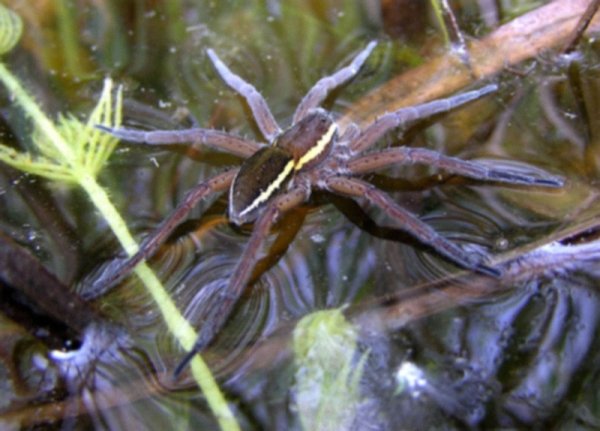
Start with silk that drinks in strain and shrugs off water. Spider threads are coated and micro-textured, so droplets bead and roll, keeping fibers light and responsive even when drenched. On the spider’s legs, hydrophobic hairs trap a gleaming air film that lets it skate and, if forced under, rise back up like a cork. The raft borrows the same physics: more surface, less drag, and as much trapped air as the spider can manage.
Next comes packaging. Leaves with natural ribs become load-bearing beams, while pithy twigs act like corks, adding buoyancy without bulk. The spider trusses it all with guy-lines to whatever is vertical – reed, vine, half-submerged branch – turning a loose pile into a frame. Even the hunting strategy shifts: the raft becomes a dinner table, catching insects funneled along slack water. It’s survival, but it’s also clever design – function arriving before form.
From Ancient Tools to Modern Science
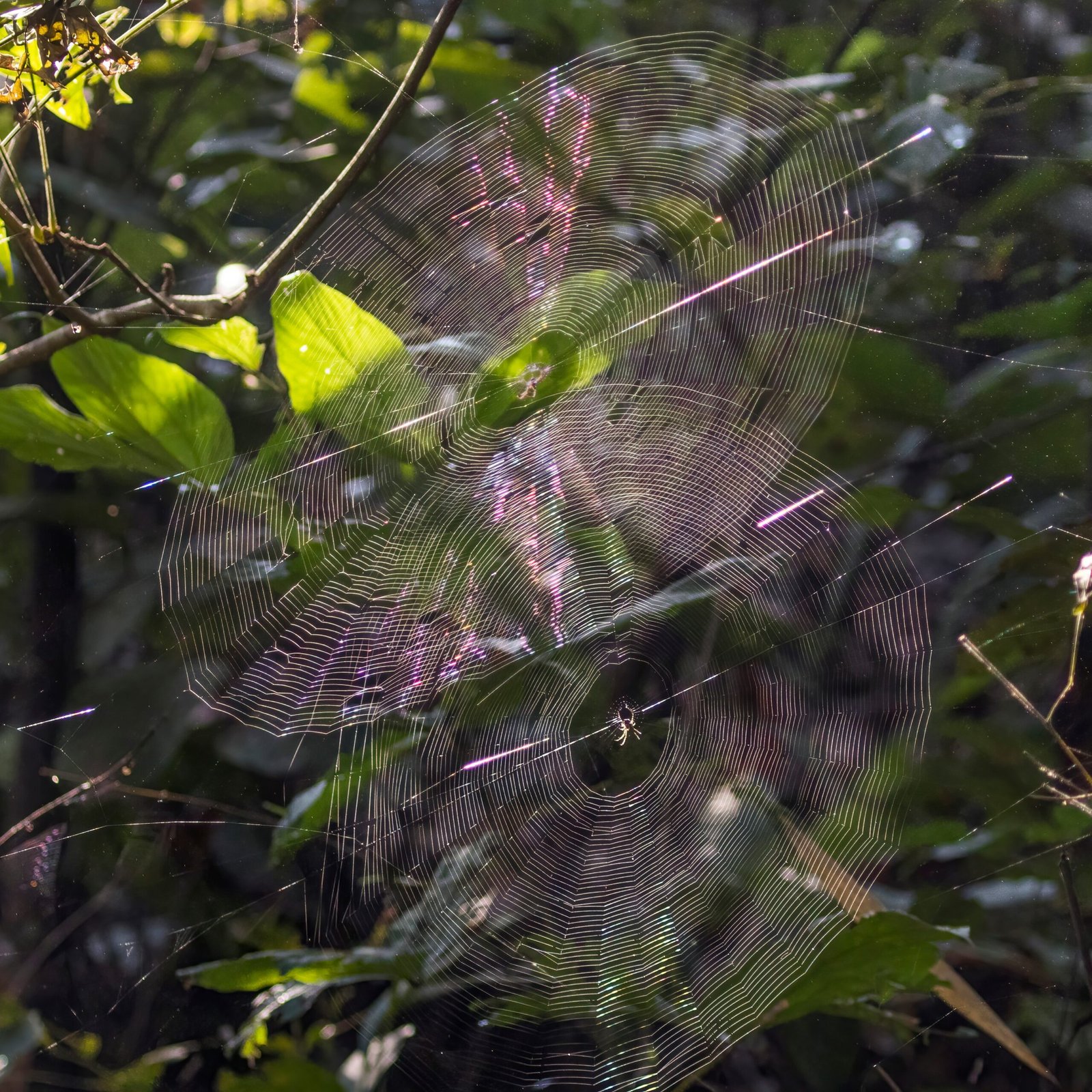
Silk was a toolkit long before science tried to decode it, but labs are catching up fast. Engineers study how certain silks stay strong in wet conditions and how their molecules uncoil to absorb shocks, then recoil without snapping. That’s exactly what a raft demands during a midnight surge when a wave hits from below and a branch shoves from above. Biologists, meanwhile, map how hydrophobic hairs and air films cooperate to keep the spider’s body on the right side of the surface.
Field work adds texture to the lab data. High-speed video reveals anchor placement that looks almost algorithmic: a brace here, a cross-beam there, then a redundant backup for the backup. Under a hand lens, you see a hierarchy of cords – thick to thin, long to short – like a suspension bridge compressed to the size of a coaster. The method isn’t random; it’s templated by instinct and refined by feedback from the water. The more we measure, the less accidental it feels.
Field Notes from the Flood Pulse
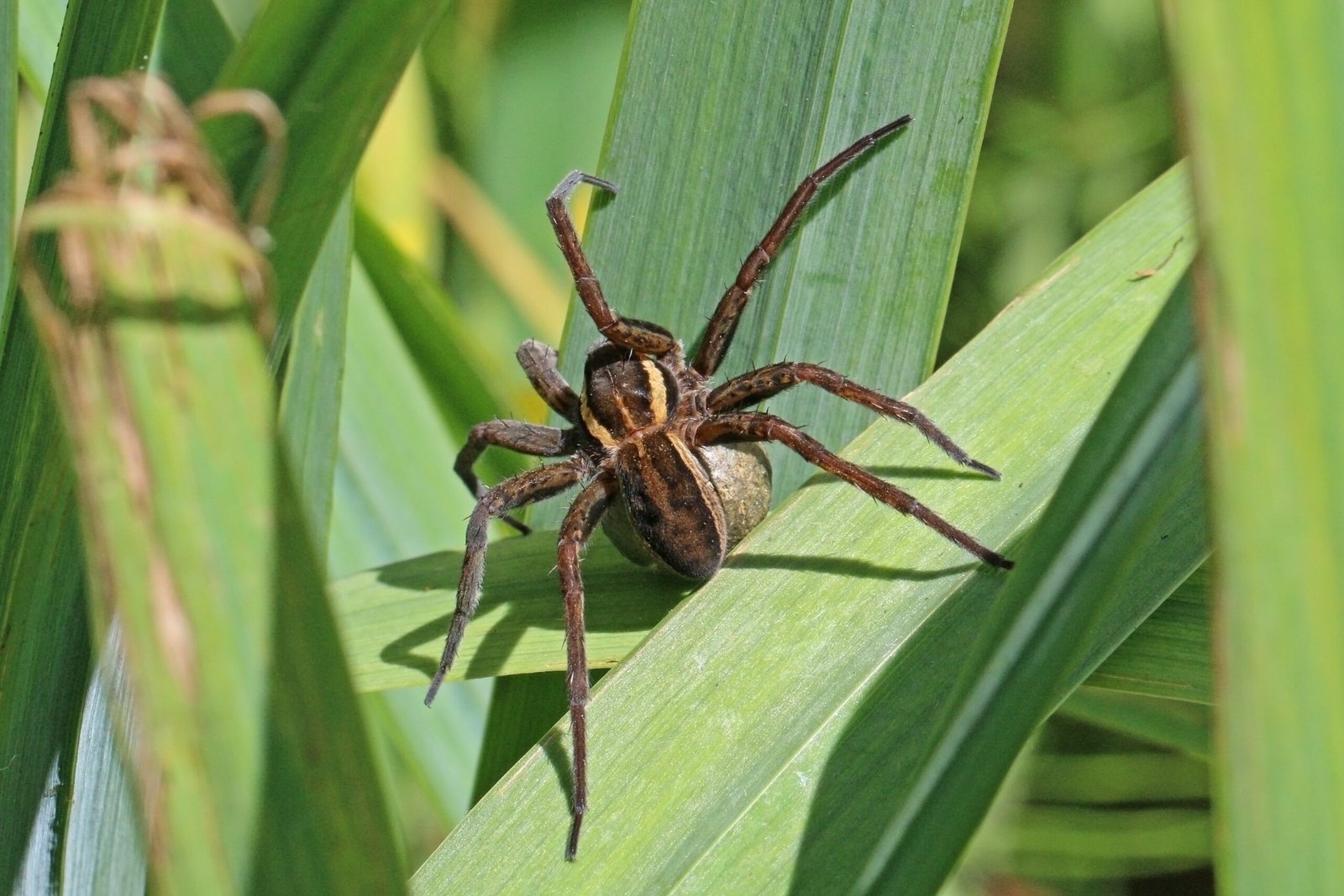
South America’s floodplains breathe in water for months and exhale it slowly, and spiders must match that long inhale. In varzea forests, whitewater floods can lift the river by several meters, submerging leaf litter and shoving animals upward into the dim green canopy. Igapó blackwater systems move more quietly, but the timelines stretch longer, demanding endurance over a sprint. The raft answers both by offering mobility without abandoning the neighborhood the spider already knows.
Researchers mapping microhabitats find rafts tucked against buttress roots, wedged where current slows and food drifts. Juveniles cluster along the edges, legs spread like compass points, while adults do the heavy lifting – reinforcing anchors and patrolling the perimeter. When a raft tears, repair comes fast, sometimes within minutes, as if the spider senses the stress from the vibration alone. I’ve watched a single leaf become several, then a platform the span of two hands in the space of a morning. The flood isn’t paused; the spider simply learns to move with it.
Predators, Eggs, and the Calculus of Risk

Water is both refuge and threat, and spiders calculate the odds in real time. Fish leap at anything that flickers; birds pick off silhouettes; ants ride their own living rafts and raid the margins. A raft lowers some risks while inviting others, so spiders adjust the blueprint – more height when fish are schooling, more anchors when wind tunnels through. Eggs add urgency, because a nursery on a raft must be safe enough for weeks, not hours.
Some mothers shift from roaming to guarding, parking egg sacs on the highest dry node and thickening the silk canopy until it feels like felt. The raft becomes a nursery web with a keel, absorbing jostles and blunting wake. If the water line climbs, the entire structure can ratchet up vine by vine, a ladder built from knots. If it falls, tension loosens and the raft settles without buckling. That adaptability is the line between a brood and a statistic.
Why It Matters
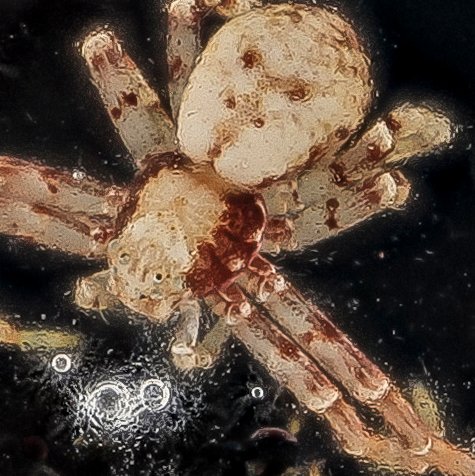
This isn’t just a spider story; it’s a blueprint for living with extremes. Many flood-management systems are still designed to resist water rather than flex with it, and they fail in the same brittle way a taut, unyielding web fails. The raft shows another logic: distribute stress, add redundancy, accept motion, and keep the platform light. In a century of swollen rivers and sudden storms, that mindset isn’t optional.
Ecologically, rafts turn lethal floods into corridors of opportunity. They concentrate prey, seed micro-food webs, and ferry genetic diversity across otherwise impassable channels. Compared with the traditional narrative – animals either drown or flee – this is a third path: adapt in place and harvest the new flow of resources. The broader lesson lands on all of us who live in floodplains by choice or by birth. Resilience can be small, clever, and stitched one thread at a time.
Global Perspectives
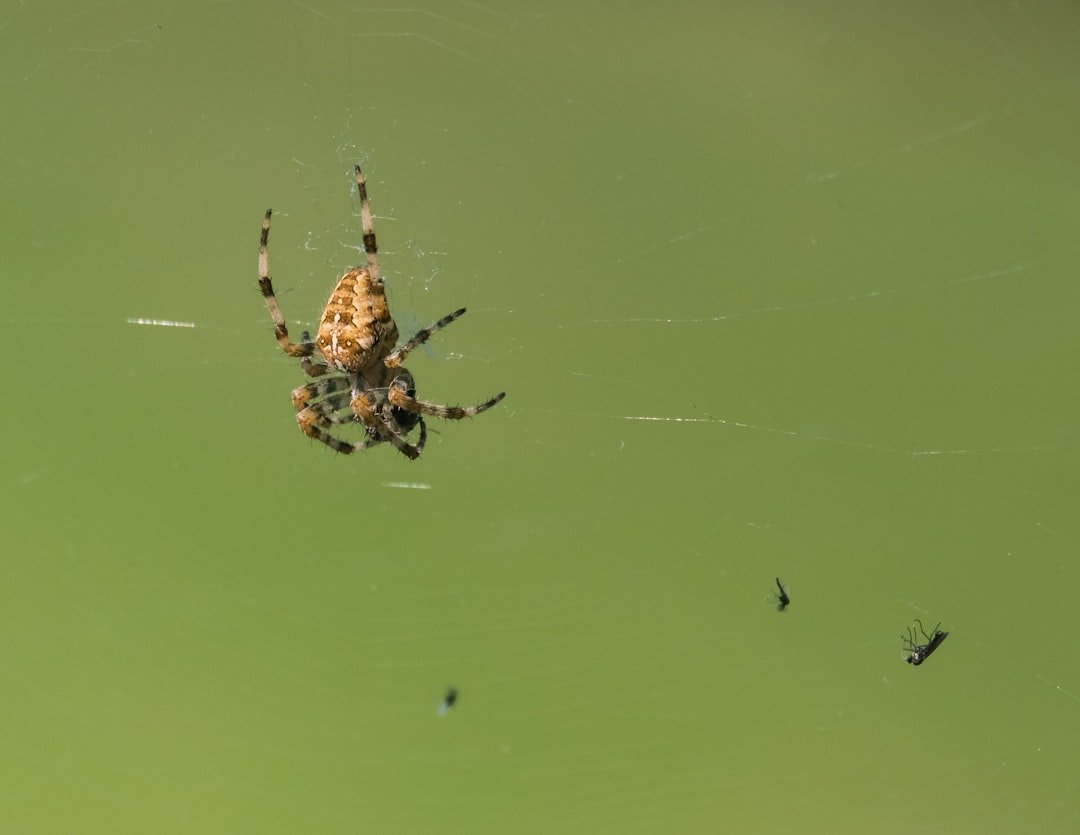
The raft idea echoes across the planet in different dialects. In temperate marshes, semi-aquatic spiders ride mats of reeds; in coastal mangroves, long-jawed orb-weavers rebuild nightly as tides erase their work. Elsewhere, social insects fuse into living boats, and floating meadows act like mobile islands that shuffle entire communities. The underlying physics – surface tension, buoyancy, distributed load – doesn’t care about the continent.
What sets the South American version apart is scale and tempo: floods that last seasons, not afternoons, and a landscape that resets itself every year like a rotating stage. That demands a craft you can maintain, not just a quick hop to safety. It also creates laboratories in the open, where patterns repeat often enough for scientists to test ideas, not just tell stories. Seen this way, the raft is less a quirk and more a strategy with global rhyme.
The Future Landscape
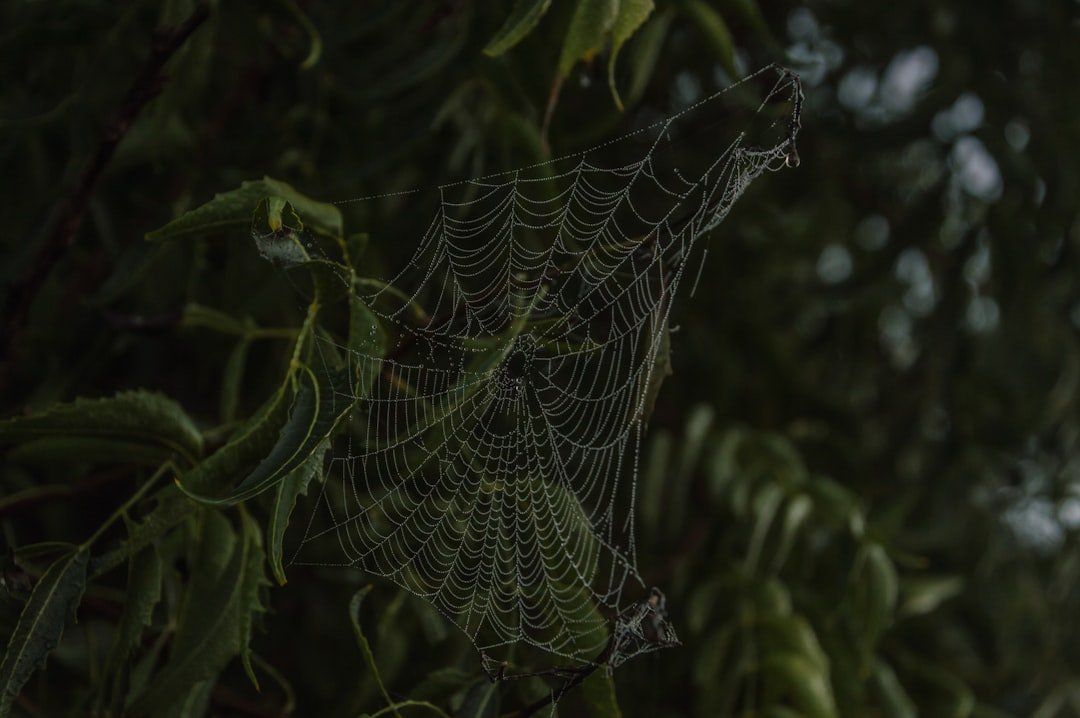
Forecasts point toward wilder swings: longer droughts, sharper peaks, and floods that arrive sooner than models expect. That pushes the raft from clever trick to critical lifeline, and it nudges research toward tools that can keep up. Imagine tiny loggers on anchor threads recording tension, or environmental DNA surveys reading the presence of raft-building spiders from a cup of floodwater. Satellite snapshots could even flag likely raft zones where debris converges and animals stack the odds.
There are engineering spinoffs waiting, too. Materials scientists already borrow from silk to design fibers that stay strong when wet, and civil engineers are exploring structures that yield without failing. Lightweight, reconfigurable platforms – emergency bridges, sensor docks, even community-scale floating gardens – could learn from how a spider stitches flexibility into strength. The technology won’t look like a web, but it might think like one. The river, after all, is not going to think like us.
How You Can Help
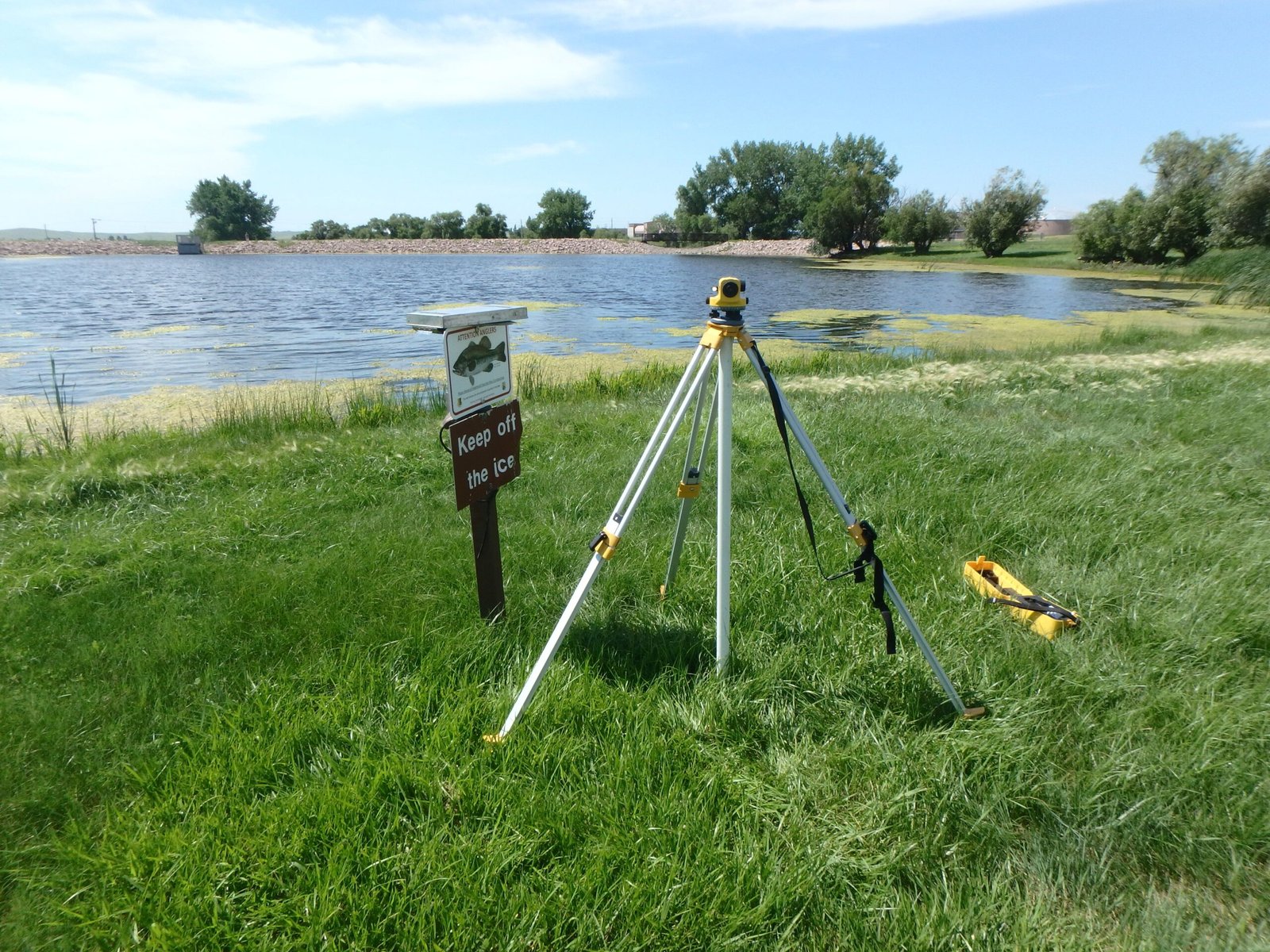
Support protects behavior as much as bodies. If you live near rivers, back conservation plans that preserve floodplains instead of walling them off; intact margins give spiders and everything else the elbow room to adapt. Choose products tied to responsible forestry and fisheries, which lowers pressure on the waters that power the flood pulse. When you visit wetlands, tread gently, and leave the tangled flotsam where it lies – it might be someone’s ark.
You can also fuel the science. Volunteer with local biodiversity surveys, share observations with community science platforms, or help fund the field teams who wade into tannin-dark water with cameras and notebooks. The next breakthrough may start with a photo of a leaf lashed to a twig in just the right way. In a season of rising water, small acts add up like silk strands. What will you help hold together when the river lifts?

Suhail Ahmed is a passionate digital professional and nature enthusiast with over 8 years of experience in content strategy, SEO, web development, and digital operations. Alongside his freelance journey, Suhail actively contributes to nature and wildlife platforms like Discover Wildlife, where he channels his curiosity for the planet into engaging, educational storytelling.
With a strong background in managing digital ecosystems — from ecommerce stores and WordPress websites to social media and automation — Suhail merges technical precision with creative insight. His content reflects a rare balance: SEO-friendly yet deeply human, data-informed yet emotionally resonant.
Driven by a love for discovery and storytelling, Suhail believes in using digital platforms to amplify causes that matter — especially those protecting Earth’s biodiversity and inspiring sustainable living. Whether he’s managing online projects or crafting wildlife content, his goal remains the same: to inform, inspire, and leave a positive digital footprint.




